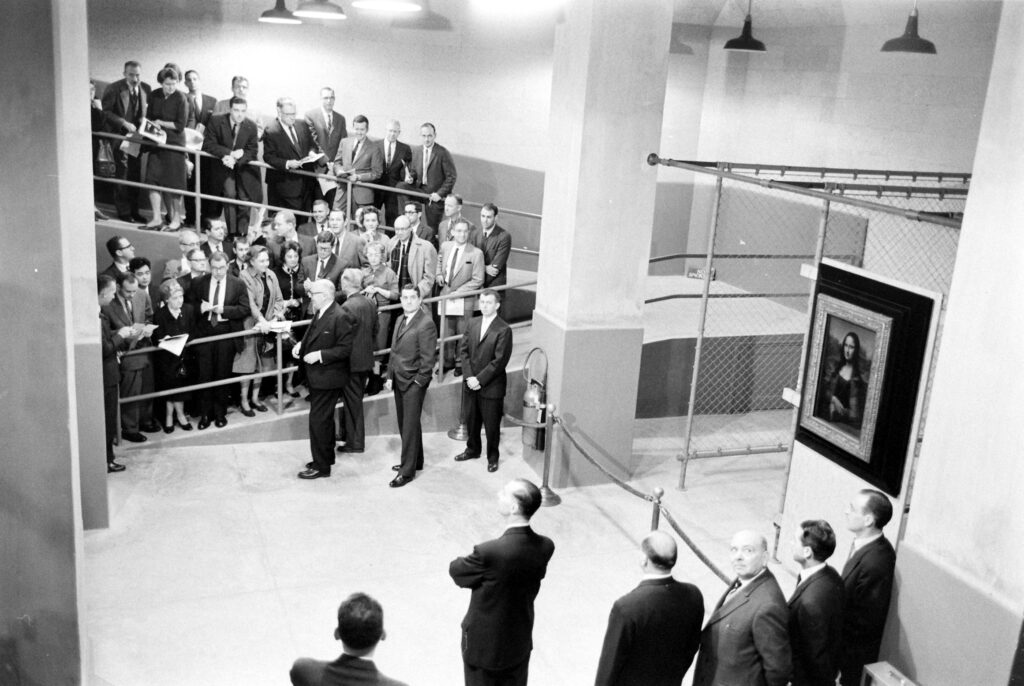In 1968 LIFE magazine summed up the appeal of French philosopher and author Albert Camus with a single sentence: “Camus looked directly into the darkness as saw sun—the human spirit.” The line came from a review of Camus’ book “Lyrical and Critical Essays.” And the fact that LIFE was reviewing such books at all is a throwback to a time when mainstream American media regularly chronicled the doings of French intellectuals.
LIFE ran its biggest story on Camus in October 1957, right around the time he was awarded the Nobel Prize for Literature for fictional works such as The Stranger, The Plague and The Fall, and philosophical writings such as “The Myth of Sisyphus.” Camus was a mere 44 years old at the time, and he remains the second-youngest person to receive the Nobel Prize for Literature, after Rudyard Kipling.
LIFE’s 1957 story about Camus carried the headline “Action-Packed Intellectual” and began with the note that he “jealously guards his privacy.” But the author relented enough to allow LIFE staff photographer Loomis Dean a rare window into his life. Dean documented Camus at his publishing office, at home with his family, and preparing to direct a staging of his play Caligula. Camus declared to LIFE, “I consider myself an artist first, almost exclusively. What is an artist? Principally a vital force, and of that, frankly, I think I have almost too much. It wears me out.”
The most famous photo from Dean’s shoot—which is also one of the most popular images in LIFE’s online print store—is of Camus standing on the balcony of his Paris publishing offices. Camus looks like an avatar of 1950s intellectual cool. He even takes a drag on a cigarette, a throwback to the days when smoking was less taboo.
In the original story the image of Camus on the balcony ran with this quote from him: “I don’t like to work sitting down. I like to stand up—even at my desk. I probably need to wear myself out.”
It’s the kind of intellectual who could become popular—one who doesn’t take anything sitting down.

French author Albert Camus at the office of his Paris publishing house, 1957.
Loomis Dean/Life Picture Collection/Shutterstock

French author and philosopher Albert Camus stands with an unidentified woman and reads one of a number of letters on a balcony outside his publishing office, Paris, 1957.
Loomis Dean/Life Picture Collection/Shutterstock

Albert Camus leaned against a radiator in his office, Paris, 1957.
Loomis Dean/Life Picture Collection/Shutterstock

French author Albert Camus, on the set of his play Caligula, 1957.
Loomis Dean/Life Picture Collection/Shutterstock

Albert Camus directed a rehearsal of his play Caligula, Paris 1957.
Loomis Dean/Life Picture Collection/Shutterstock

Albert Camus directed actors during a rehearsal of his play ‘Caligula.’ Paris, 1957.
Loomis Dean/Life Picture Collection/Shutterstock

Albert Camus smoked a cigarette outside Theatre des Mathurins, where the rehearsals of his play Caligula were taking place, 1957.
Loomis Dean/Life Picture Collection/Shutterstock

Albert Camus kissed actress Dominique Blanchar after a rehearsal of his play Caligula, 1957.
Loomis Dean/Life Picture Collection/Shutterstock

Albert Camus and actress Dominique Blanchar after a rehearsal of his play Caligula, 1957.
Loomis Dean/Life Picture Collection/Shutterstock

Albert Camus (center) rehearsed with actors for his play Caligula at an outdoor Shakespeare theater in Paris, 1957.
Loomis Dean/Life Picture Collection/Shutterstock

Albert Camus (center, next to woman in glasses) dined with a group at a Paris restaurant, 1957.
Loomis Dean/Life Picture Collection/Shutterstock

French author Albert Camus sitting in the garden of his Paris home with his 11-year-old twins Jean and Catherine, 1957.
Loomis Dean/Life Picture Collection/Shutterstock

French author Albert Camus poised at home with his 11-year-old twins Jean and Catherine, 1957.
Loomis Dean/Life Picture Collection/Shutterstock













































































